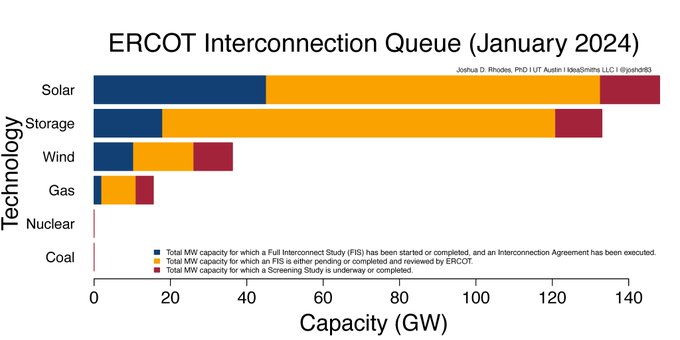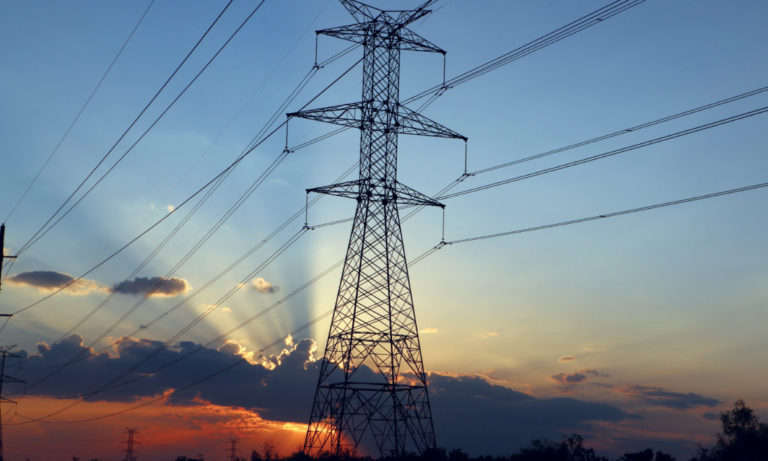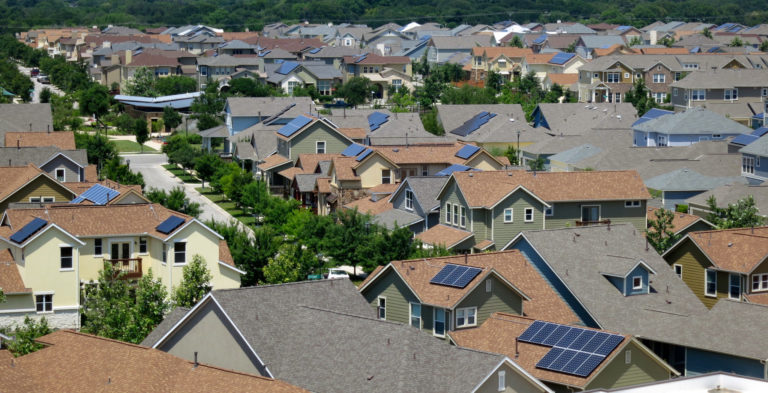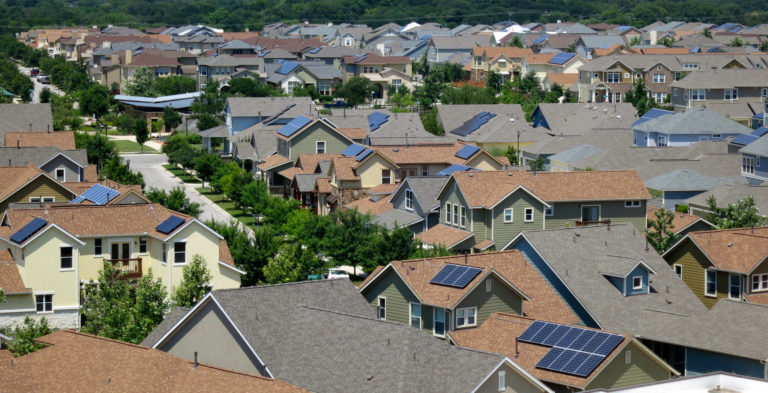November 7, 2021
As climate action takes center stage this week at the COP26 conference in Glasgow, Pecan Street will reflect on some of the issues we believe will be key to keeping global temperatures from rising above 1.5 degrees.
Topics will include AI applications for soil carbon sequestration, water equity, transportation electrification, and energy data regulations. Next up is energy equity.
By Clayton Johnson, communications and policy manager, Pecan Street
Climate change requires all hands on deck. And it requires solutions designed to improve the way the energy system works for everyone. At COP 26, leaders are gathered to develop a global strategy for addressing climate change, and increasingly they’re prioritizing energy equity in the process.
Energy insiders have historically overlooked or underplayed the role race plays in our energy system – who has access to it, how much they pay for it, who earns income from it, who suffers most from its pollution and who has a seat at the table to determine energy choices that our governments make on our behalf.
We also know that communities of color, the economically disenfranchised, and developing nations will bear a disproportionate share of the impacts of climate change. If climate and energy solutions are not implemented with equity in mind, they, too, could further widen the equity gap.
Climate and energy leaders are waking up to the inherent inequalities in the energy sector. But how should they act on such complicated and persistent problems?
The Biden Administration has committed to funding community-based environmental justice organizations as a central tenet of its climate agenda. And one of the biggest announcements so far at COP was an agreement for nearly $2 billion in funding to mitigate climate impacts on indigenous communities. Both are important steps towards a more equitable energy system, but these are only the beginning.
How to Center Progress on Equity
We recently wrote about the potential impact for increased incentives for renewable energy and electric vehicles through the Biden Administration’s Build Back Better legislation. And so far, all signs point to these incentives being passed into law. A great example of how the Biden Administration could ensure more equitable energy outcomes would be to structure these tax credits so that they don’t require tax liability to qualify. This kind of policy design would make electric vehicles and rooftop solar more affordable for millions of Americans that have otherwise been shut out of these markets and the incentives designed to spark them.
COP has opportunities to center equity in their work, too. The conference may have resulted in new funding announcements for indigenous communities, but many of these communities were underrepresented there due to COVID vaccine shortages in developing countries (they had to be vaccinated to attend, but vaccines are hard to come by). If we’re going to have all hands on deck, we need to address other equity obstacles that might prevent everyone from showing up.
Our Work on Energy Equity
In our corner of the climate community, Pecan Street is putting our decade of energy research and data collection to work on this critical and complicated issue with our Center for Race, Energy & Climate Justice. We know we won’t solve this issue alone. But with our partners, we aim to leverage our expertise to highlight areas of concern and opportunity that will be key in achieving fairness and equity in an area that plays such a central role in our lives.



















